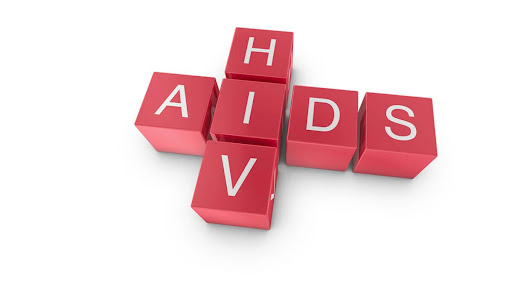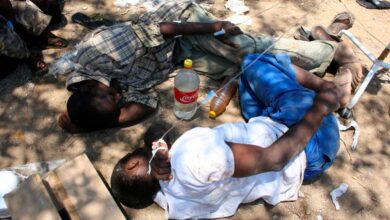
Ghana is grappling with an alarming HIV/AIDS situation, with an average of 50 new infections reported daily, according to the Ghana AIDS Commission (GAC). This revelation was made during the launch of the 2023 national and sub-national HIV and AIDS estimates and projections, underscoring the urgent need for intensified interventions to curb the epidemic.
The Data at a Glance
In 2023 alone, Ghana recorded 17,774 new HIV infections. Of these, 16,076 were adults aged 15 years and above, while 1,698 were children under 15. The data also revealed that a total of 334,095 people are currently living with HIV in the country, including 17,550 children.
The majority of new infections are concentrated among individuals aged 15 to 49, a demographic crucial to the nation’s workforce and economic productivity. This trend poses a significant challenge, not only for public health but also for socio-economic development.
Regional and District Breakdown
Regions with the highest prevalence of HIV cases include:
Greater Accra
Ashanti
Eastern Region
At the district level, the areas most affected are:
Accra Metropolitan Area
Kumasi Metropolitan Area
Ledzokuku Municipality
Progress and Persistent Challenges
Although Ghana has seen a decline in new infections and AIDS-related deaths, the pace of progress is insufficient to meet critical national and global targets. The 95-95-95 target by 2025 seeks to ensure that 95% of people living with HIV know their status, 95% of those diagnosed receive sustained treatment, and 95% of those on treatment achieve viral suppression.
“We have made significant strides, but we need to accelerate efforts to meet the 98-98-98 target by 2030,” emphasized Dr. Kyeremeh Atuahene, Director-General of the Ghana AIDS Commission.
Challenges hindering progress include:
Inadequate data capture and quality assurance systems.
Gaps in healthcare services, particularly in preventing mother-to-child transmission.
Limited public awareness and stigma associated with the disease.
Call to Action
The media engagement event, attended by key stakeholders such as UNAIDS, WHO, PEPFAR, and the Ghana Health Service, highlighted the need for collective action. Stakeholders emphasized the importance of:
1. Enhanced public awareness campaigns to reduce stigma and encourage early testing and treatment.
2. Strengthened healthcare systems to improve access to antiretroviral therapy (ART) and prevent mother-to-child transmission.
3. Community engagement and partnerships to reach vulnerable populations and drive sustainable change.
With 50 new infections daily, the Ghana AIDS Commission is urging all sectors to intensify efforts to combat the epidemic. The Commission reaffirmed its commitment to working with local and international partners to curb new infections, support those living with HIV, and move closer to eliminating the disease as a public health threat.
Hope Amid Challenges
Despite the daunting statistics, there is hope. Ghana’s progress in reducing infections and deaths demonstrates that with a unified effort, the epidemic can be controlled. However, achieving the ambitious targets requires a national commitment to scaling up interventions, reducing stigma, and ensuring that no one is left behind.
As Ghana confronts this public health crisis, the message is clear: the fight against HIV/AIDS is far from over, and every Ghanaian has a role to play in turning the tide.
Story by: Mercy Addai Turkson #ahotoronline.com



